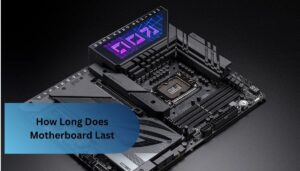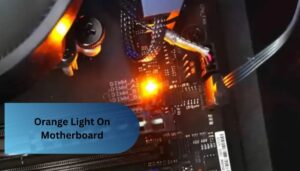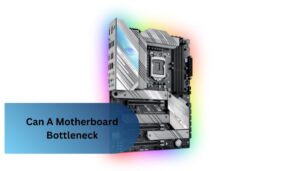Acer Aspire Xc-603g Motherboard Tx1 Pinout – A Complete Guide!
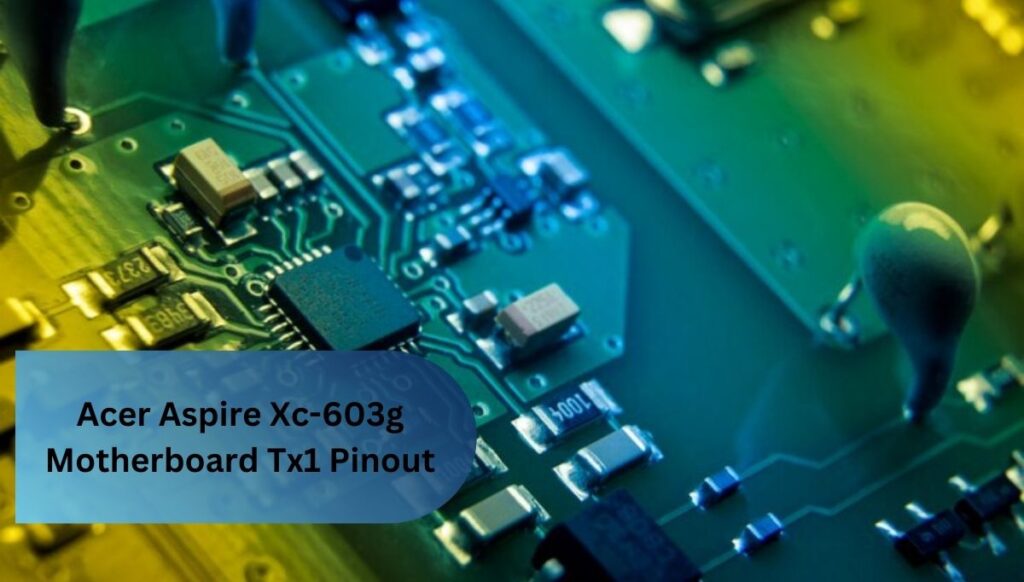
Working with the Acer Aspire XC-603G motherboard TX1 pinout is straightforward, as long as I followed the correct pinout diagram. Understanding the pin configuration allowed me to upgrade and troubleshoot components with confidence, ensuring smooth system performance.
The Acer Aspire XC-603G motherboard TX1 pinout provides power, data, and control connections for internal components, enabling upgrades and proper system functionality.
Introduction To Xc-603g Motherboard Tx1 Pinout
Acer Aspire XC-603G Motherboard TX1 Pinout is an important technical detail for users interested in the internal connections and functionality of the Acer Aspire XC-603G desktop computer. TX1 Pinout describes the configuration and function of each pin in the TX1 connector on the motherboard, which is essential for anyone who needs to understand or modify the hardware configuration of this system.
Knowing the correct pinout can be invaluable for tasks such as troubleshooting hardware, upgrading components, or connecting additional peripherals. This configuration allows users to see how power and data are distributed to components, ensuring that everything runs smoothly and efficiently. for Acer Aspire XC-603G users, understanding the TX1 pinout provides insight into the functionality of the motherboard and allows more flexibility in system customization and maintenance.
What is a Motherboard?
Acer Aspire XC-603G Motherboard TX1 Pinout Outlines the typical layout of the pins within the TX1 connector area. This configuration is important for understanding how power and data are distributed to key components such as the CPU, memory, and storage devices.
As the main circuit board, the motherboard enables communication between various parts of the computer, and the TX1 pinout ensures efficient power delivery and data transfer, increasing overall system performance.
For users looking to troubleshoot, upgrade or customize their system, knowledge of TX1 pinouts is invaluable. This helps identify the correct connections, making it easy to add or replace components. Ultimately, the TX1 pinout plays a critical role in system functionality, providing pathways that allow all components to work together seamlessly.
How To Tell What Motherboard I Have?
A quick and easy way for Windows users is to use the System Information tool. Press Win + R, type msinfo32. This will open a window with details about your motherboard, including manufacturer, product, and version, so you can check the information without opening your computer.
If you’re comfortable opening up your PC case, you can also inspect the motherboard directly. The model number is often printed near the CPU socket, RAM slots, or the edges of the board.
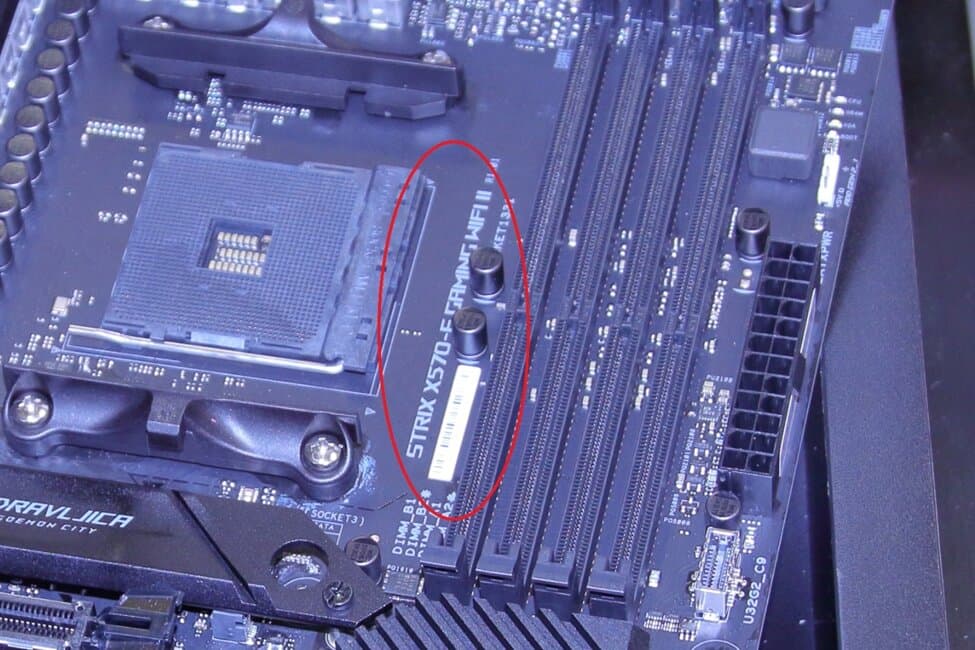
Another quick option is to use Command Prompt, which can provide motherboard details with a simple command. Additionally, third-party tools can provide a comprehensive system overview and are user-friendly.
Key Methods To Identify Your Motherboard
- System Information Tool on Windows: Press Win + R, type msinfo32, and review the BaseBoard fields for motherboard details.
- Physical inspection of the motherboard: Open your computer case to find the model number, often near the CPU or RAM slots.
- Using command prompt: Open command prompt and enter wmic baseboard get product, manufacturer, version, serial number.
- Third-party software tools: Programs like CPU-Z and Speccy display detailed motherboard information and other system details in an easy-to-read format.
Understanding the TX1 Pinout on the Acer Aspire XC-603G Motherboard
Understanding the TX1 pinout on the Acer Aspire XC-603G motherboard is very important for users who want to work with the hardware configuration of this desktop. TX1 pinout refers to the specific arrangement and function of the pins in the TX1 connector, which play a role in how data and power flow in the system. Each pin in this connector has a specific function—some pins carry power, while others facilitate data transfer or signal control.
Knowing the TX1 pinout is especially useful if you are troubleshooting, upgrading or adding components to your Acer Aspire XC-603G. For example, if you’re adding an internal component, understanding which pins provide power or data connections can prevent mistakes and ensure everything is connected correctly. . It also allows users to safely modify or repair components connected to the TX1 port, increasing overall performance and stability.
Detailed Layout And Functions Of The Tx1 Pinout
The TX1 pinout on the Acer Aspire XC-603G motherboard refers to the specific layout and functions of the pins in the TX1 connector. This configuration is necessary to ensure proper communication and power distribution between the motherboard and connected components. Understanding this pin configuration is critical for tasks such as hardware upgrades, troubleshooting, or system customization.
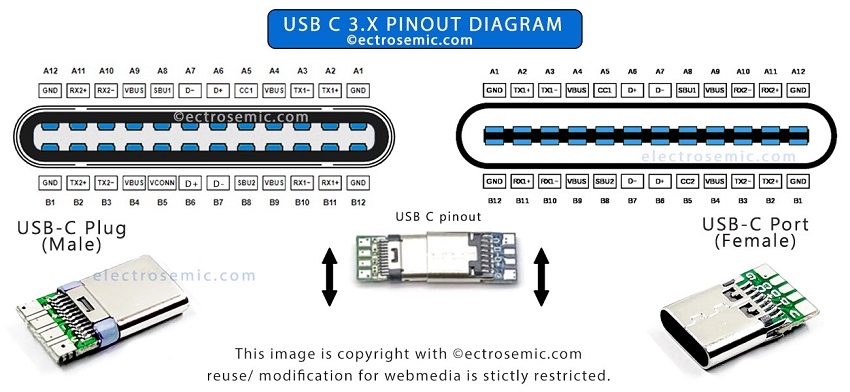
- Power Pins: Provide different voltage levels (eg 3.3V, 5V, or 12V) to different components such as storage devices or the CPU.
- Ground Pin: Provide a return path for electrical current, ensure stable operation and prevent electrical problems.
- Data Transfer Pins: Facilitate the flow of data between the motherboard and other components such as the CPU, memory, or peripherals.
- Signal Control Pins: Manage control signals that synchronize component operations, such as clock pulses or reset commands.
- Peripheral pins: Used to connect additional devices such as cooling fans or LEDs, enabling system expansion.
- Diagnostic Pins: Some pinouts include diagnostic or debugging pins for monitoring system health and performance.
Practical Applications Of The Tx1 Pinout
Practical applications of the TX1 pinout on the Acer Aspire XC-603G motherboard include using the pinout configuration for real-world tasks such as hardware upgrades, troubleshooting, system customization, and performance optimization. Understanding the TX1 pinout allows users to safely and efficiently work with their system’s internal connections and ensure everything is working as intended.
1. Upgrading and Expanding Hardware:
When upgrading components such as adding a new storage device, expanding RAM, or installing a new GPU, the TX1 pinout helps to understand where to make power and data connections. This ensures correct installation of new parts, preventing incorrect wiring or potential damage.
2. Troubleshooting and Repairs:
If a component is not working properly, such as a hard drive not turning on or the system not booting, check the TX1 pinout to indicate possible problems with the power supply, data transfer, or ground connection. Can be used for Checking the pins can detect problems early and help you isolate the faulty part.
3. System Customization:
Enthusiasts often customize their systems with additional peripherals, such as additional cooling fans, LEDs, or custom hardware. By understanding the TX1 pinout, users can safely connect these peripherals, ensuring proper power and data flow to new components.
4. Optimizing Performance:
For performance-focused users, understanding how the TX1 pinout controls the power and data path can help fine-tune the system for more efficient operation. This is especially useful in overclocking or systems with additional hardware demanding more power.
Common Pitfalls And How To Avoid Them
Common pitfalls and how to avoid them when working with the TX1 pinout on the Acer Aspire XC-603G motherboard revolves around mishandling, incorrect connections, or misunderstanding the pinout layout. Here are some common problems that users may encounter and tips on how to avoid them:

1. Incorrect Pin Connections:
- Disadvantage: One of the most common mistakes is connecting the wrong pins, especially when adding or replacing components. For example, improperly connecting power or data pins can cause hardware malfunction or component damage.
- How to avoid: Always double check the TX1 pinout diagram and refer to the motherboard manual to make sure you are connecting each pin to the correct component. If in doubt, consult online resources or videos to see the correct setup.
2. Forcing Connections:
- Disadvantage: Forcing a connector into a pin socket can result in bent pins or broken connectors, which can cause electrical shorts or render the motherboard unusable.
- How to avoid: Don’t force a connection into place. Make sure the connectors are connected correctly and fit snugly without resistance. If a connector does not fit, check that it is the correct type for the pin header.
3. Not Checking Power Requirements:
- Damage: Failure to check the power requirements of connected components can cause instability or damage. For example, connecting a component that requires a higher voltage than the pinout provides can cause the device to overheat or burn out.
- How to avoid: Always verify the electrical specifications of components such as storage devices, fans, or expansion cards before making connections. Make sure the TX1 pinout provides the correct voltage and current for each device.
4. Overlooking Ground Connections:
- Damage: Missing ground pins or improper wiring can cause electrical instability, system crashes, or even component damage.
- How to Avoid: Always make sure ground pins are connected properly and that they provide a safe return path for electricity. Cross-check your connections before powering on the system.
5. Not Following Esd Precautions:
- Damage: Electrostatic discharge (ESD) can easily damage sensitive motherboard components, including those near the TX1 pinout.
- How to avoid: Before working inside the computer, ground yourself to discharge any static electricity by using an anti-static wrist strap or by touching the metal part of the case.
In-Depth Troubleshooting For Tx1 Pinout Issues
In-depth troubleshooting for TX1 pinout problems on Acer Aspire XC-603G motherboard includes identifying power, data, and signal connection issues. Here’s how to solve common problems:
- Power problems: Use a multimeter to verify the voltage level at the power pins. Check for shorts or bad connections. Make sure the power supply is stable.
- Data transfer failures: Inspect data pins for alignment and check cables for proper connection. Use diagnostic tools to identify data migration problems.
- Signal control problems: Make sure the signal control pins are connected correctly. Check BIOS/UEFI settings and component compatibility to avoid synchronization issues.
- Grounding and Overheating: Check the ground pin for proper connection. Monitor component temperatures to detect insufficient power or cooling.
- Peripheral failures: Verify that peripheral pins are connected correctly, and test external devices. Check power supply to peripherals.
Expert Tips For Working With Tx1 Pinout
Expert tips for working with TX1 pinout on Acer Aspire XC-603G motherboard can help ensure you avoid common mistakes and maximize system performance safely and efficiently. Can be handled properly. Here are some expert tips:

- Consult the manual: Always refer to the pinout diagram to ensure correct connections.
- Use the proper tools: A multimeter helps verify voltage levels and continuity.
- Work with static precautions: Wear an anti-static wrist strap to prevent electrostatic discharge (ESD) damage.
- Double Check Connections: Verify all pin connections before powering up to avoid damage.
- Ensure proper power supply: Verify that the TX1 connector is supplying the correct voltage to the components.
- Label Connections: Label custom cables to simplify future troubleshooting or upgrades.
FAQ’s
1. What Is The Tx1 Pinout Used For?
The TX1 pinout is used to connect and facilitate communication between the motherboard and other internal components like storage devices, fans, and expansion cards.
2. Can I Upgrade My Acer Aspire Xc-603g Using The Tx1 Pinout?
Yes, the TX1 pinout can be used for upgrading components by ensuring proper connections for power and data transfer to new hardware.
3. What Happens If I Connect The Wrong Pins?
Connecting the wrong pins can cause electrical shorts, damage components, or result in system instability.
4. Where Can I Find The Tx1 Pinout Diagram?
The TX1 pinout diagram can be found in the Acer Aspire XC-603G motherboard manual or online resources and technical forums.
5. Is Working With The Tx1 Pinout Difficult?
Working with the TX1 pinout is not difficult as long as you follow the proper diagram, use the right tools, and take necessary precautions.
Conclusion:
understanding the Acer Aspire XC-603G Motherboard TX1 Pinout is essential for ensuring proper connections, upgrades, and troubleshooting. By knowing the pinout layout and functions, users can safely work with power, data, and control signals. Proper handling of the TX1 pinout ensures stable system performance and minimizes the risk of damage.
